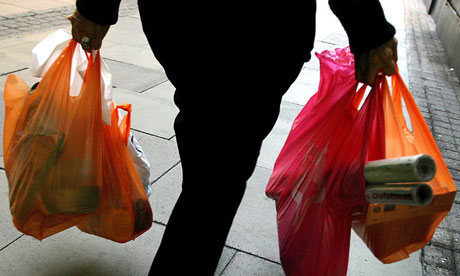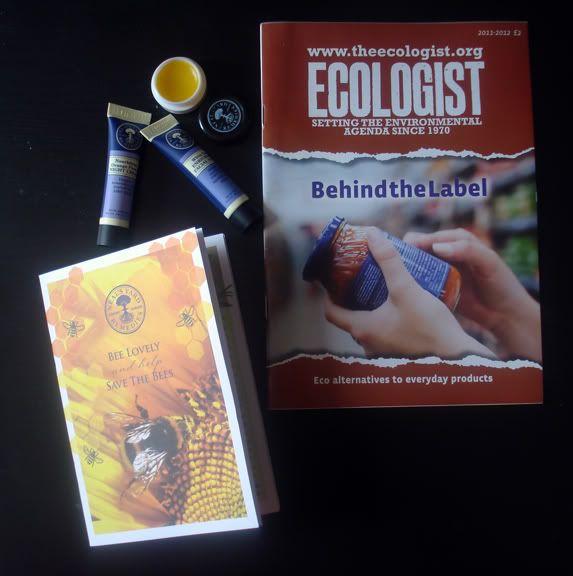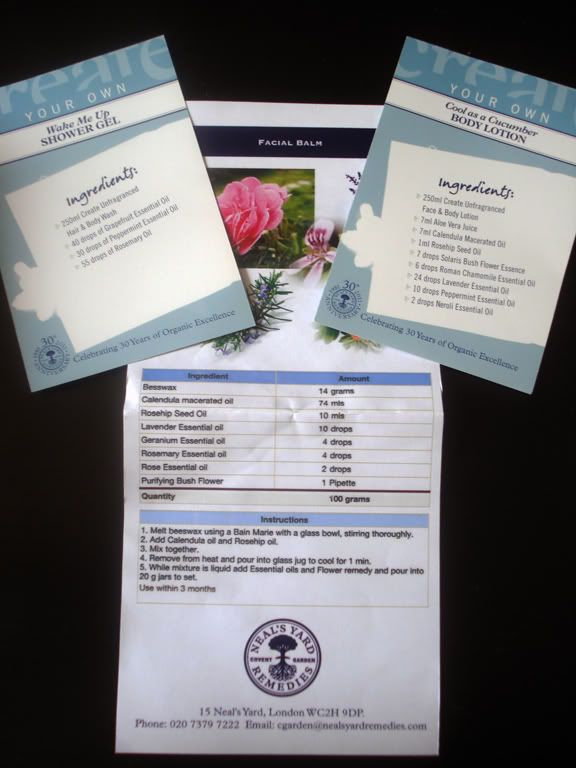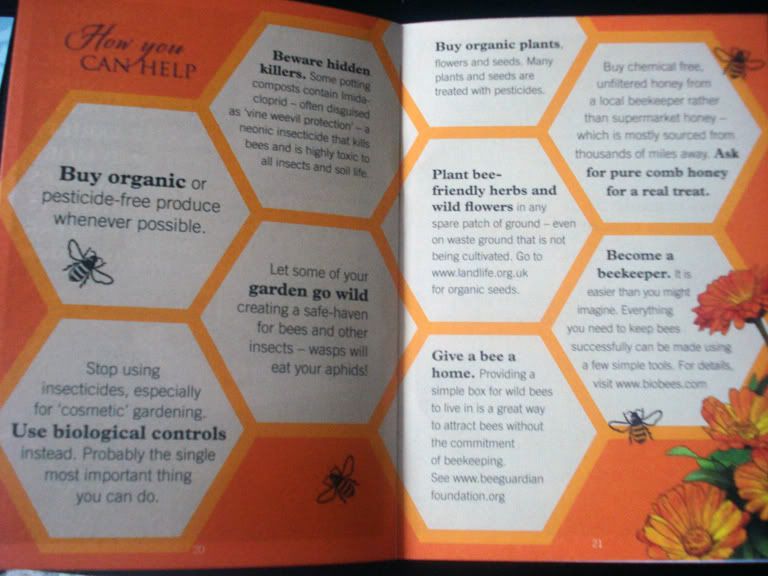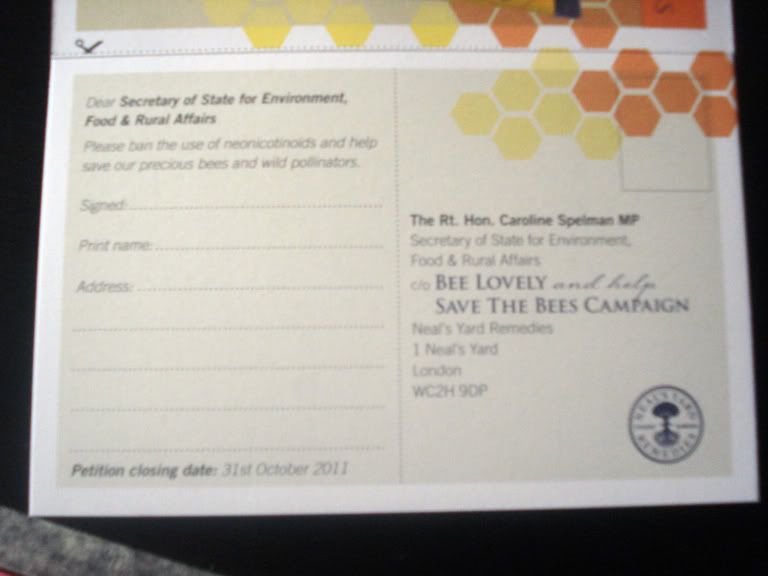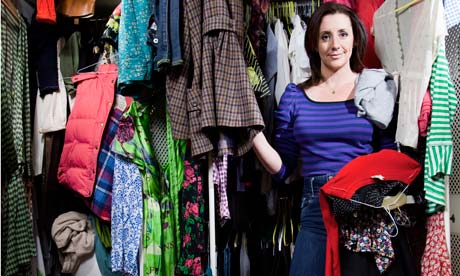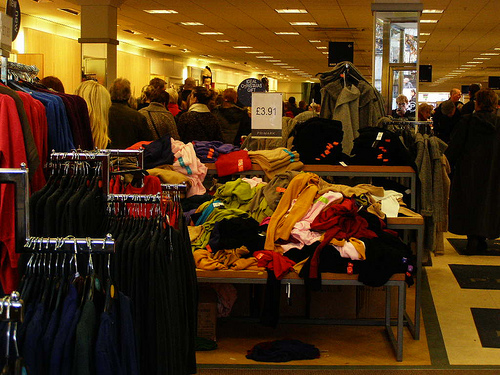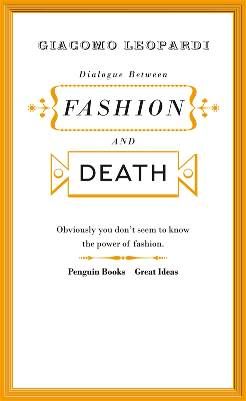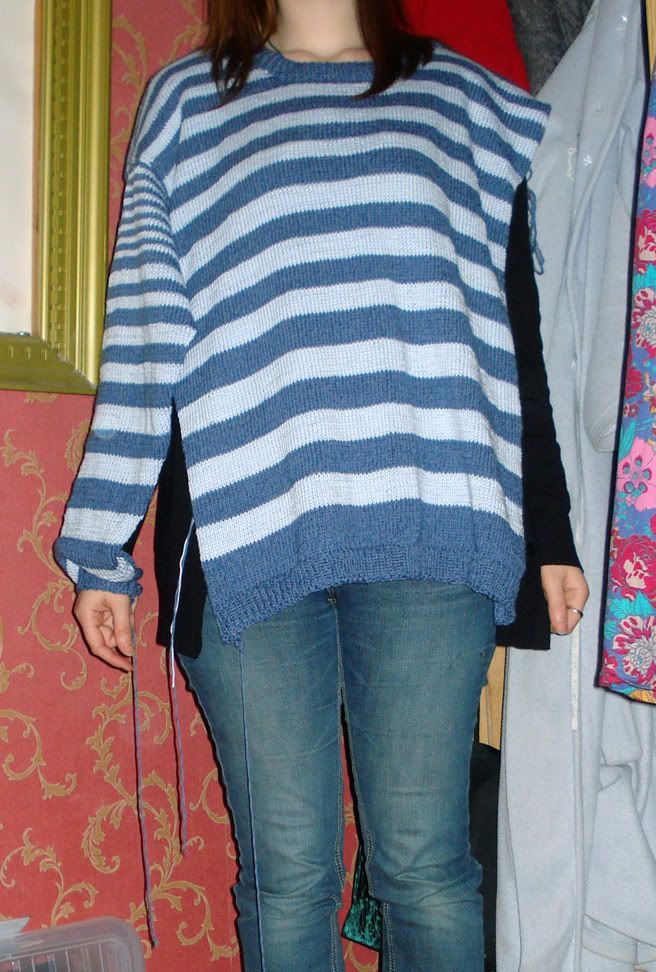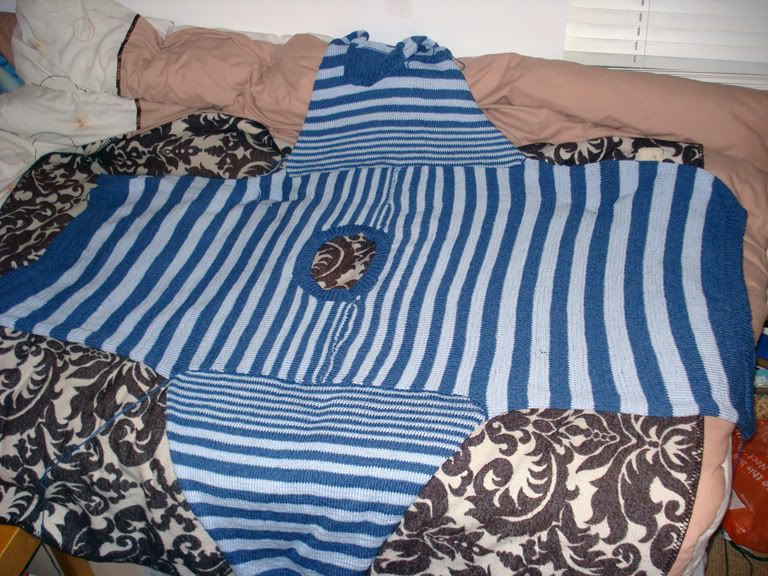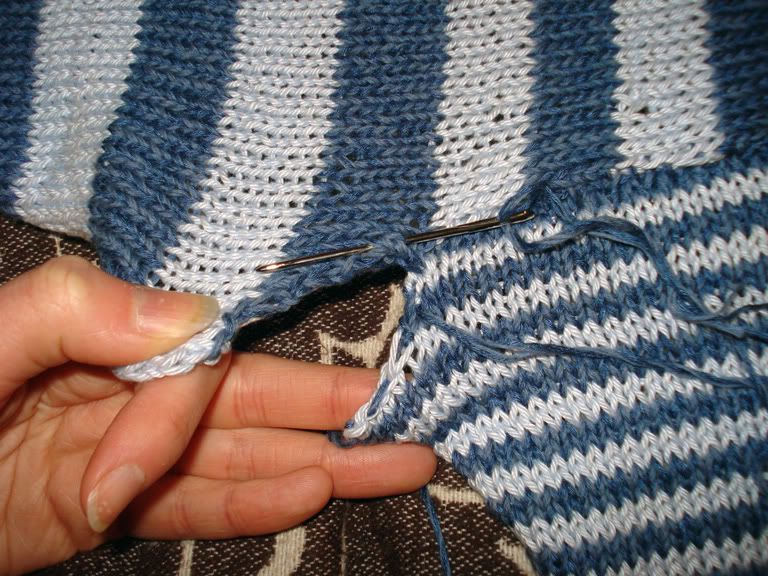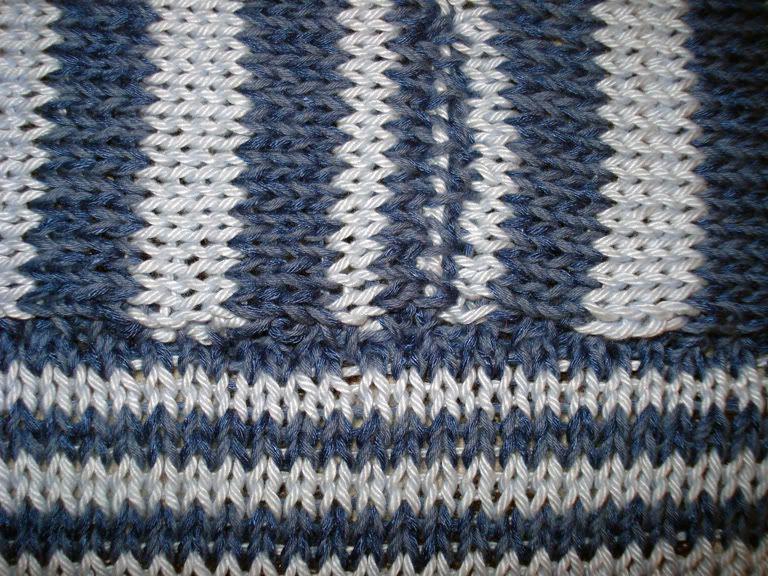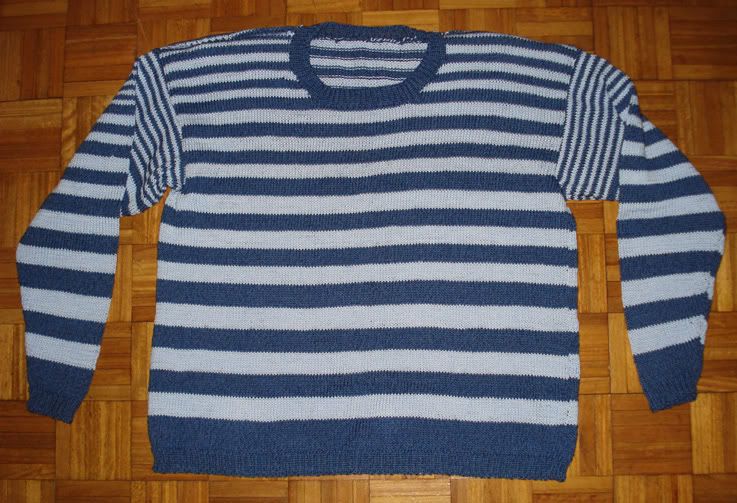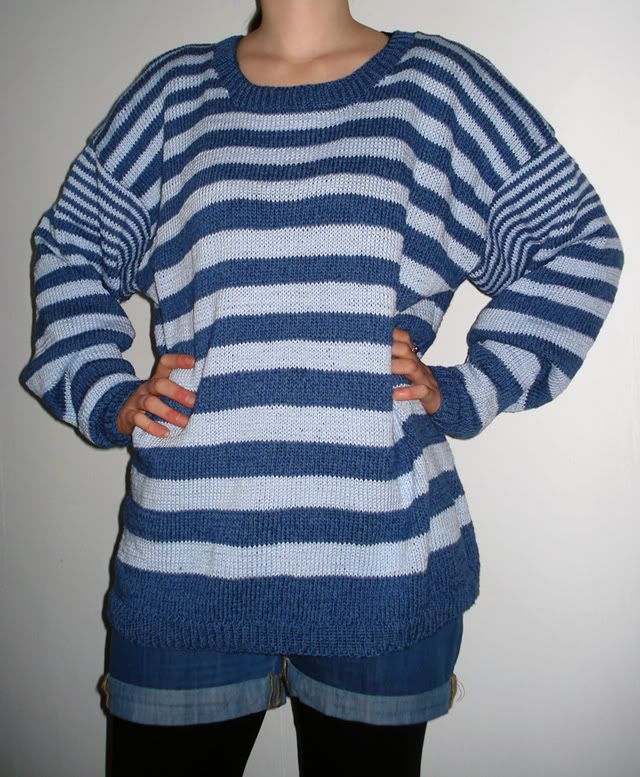I (pre)ordered Shaping Sustainable Fashion: changing the way we make and use clothes edited by Alison Gwilt and Timo Rissanen what feels like an age ago (actually last November). Success, it finally arrived yesterday. All in good time too, I have just finished my second leisure book since Christmas: an autobiography by a much admired musician, the first being the history of the fabulous Rough Trade.After reading about the somewhat ludicrous, rampant and well hidden (by which I mean unpublicised by the press unlike his equally talented counterpart – Can you guess whose autobiography it is yet?) exploits of this artist I feel I need to roll over and exert my attention to another passion of mine: improving methods within the clothing lifecycle towards a more sustainable future. A come down perhaps, yet an enjoyable one.
I feel I have drifted from the original point in this post….
Ok back on track.
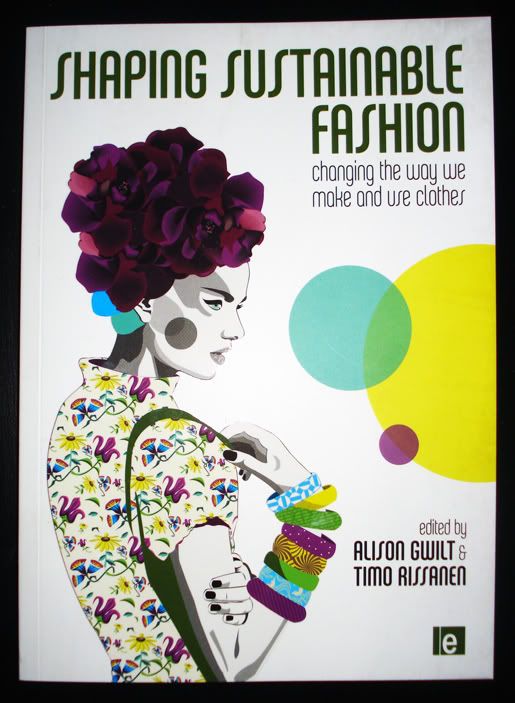
I haven’t as of yet started the text, however have had a quick flick through and settled the majority of my attention on the use phase chapter. People who know will surely not be surprised; I seriously cannot wait to read this chapter especially with subtitles including:
Laundering Frequency: Reducing Consumer’s Need to Clean
Laundry Detergents and Softeners: Effectiveness and Environmental Concerns
Sustainable Clothing Care by Design
And some figures that caught my eye:
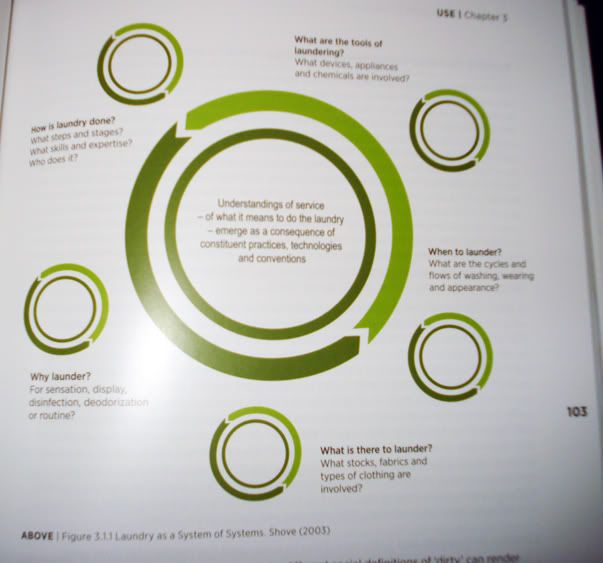

Other pages that caught my eye were ‘New Materials for Fashion’ along with a profile of the fabulous Wonderland project by (my supervisor) Helen Storey where garments can be dissolved, offering a solution to the problem of waste.
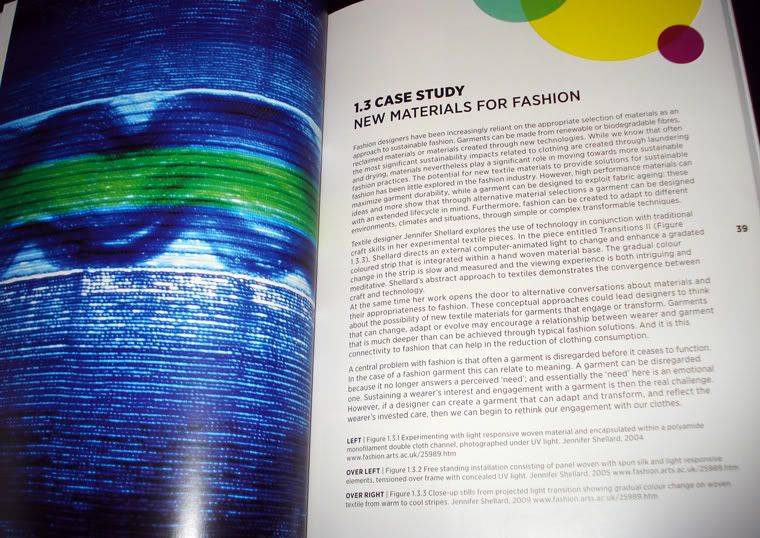
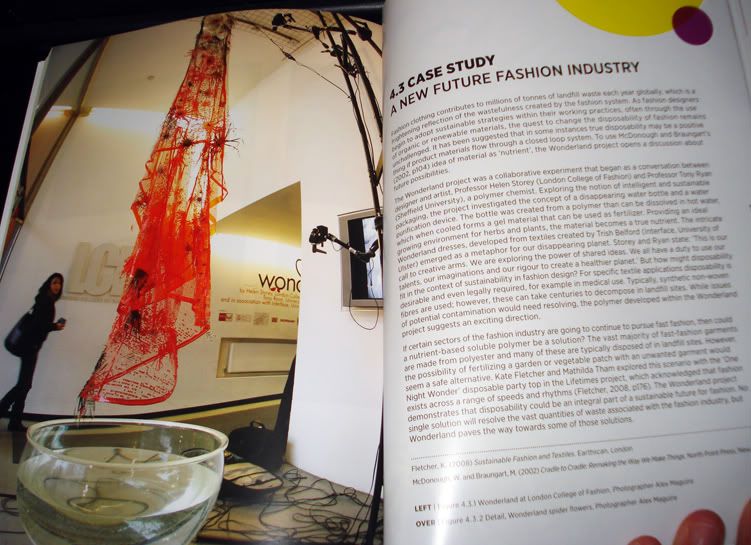
Excuse me while I settle down with a cuppa to take my first tentative step into the text, I will do my best not to skip to the use phase….but no promises. Everyone has to be a geek about something…right?
I keep you posted on my journey through Shaping Sustainable Fashion, what I learn so will you.



